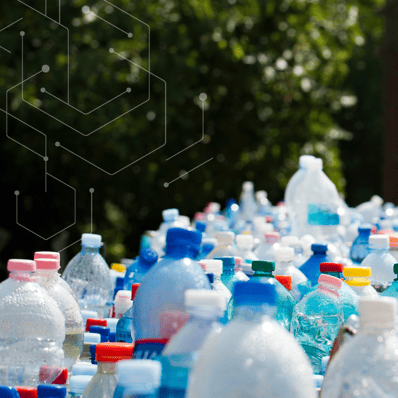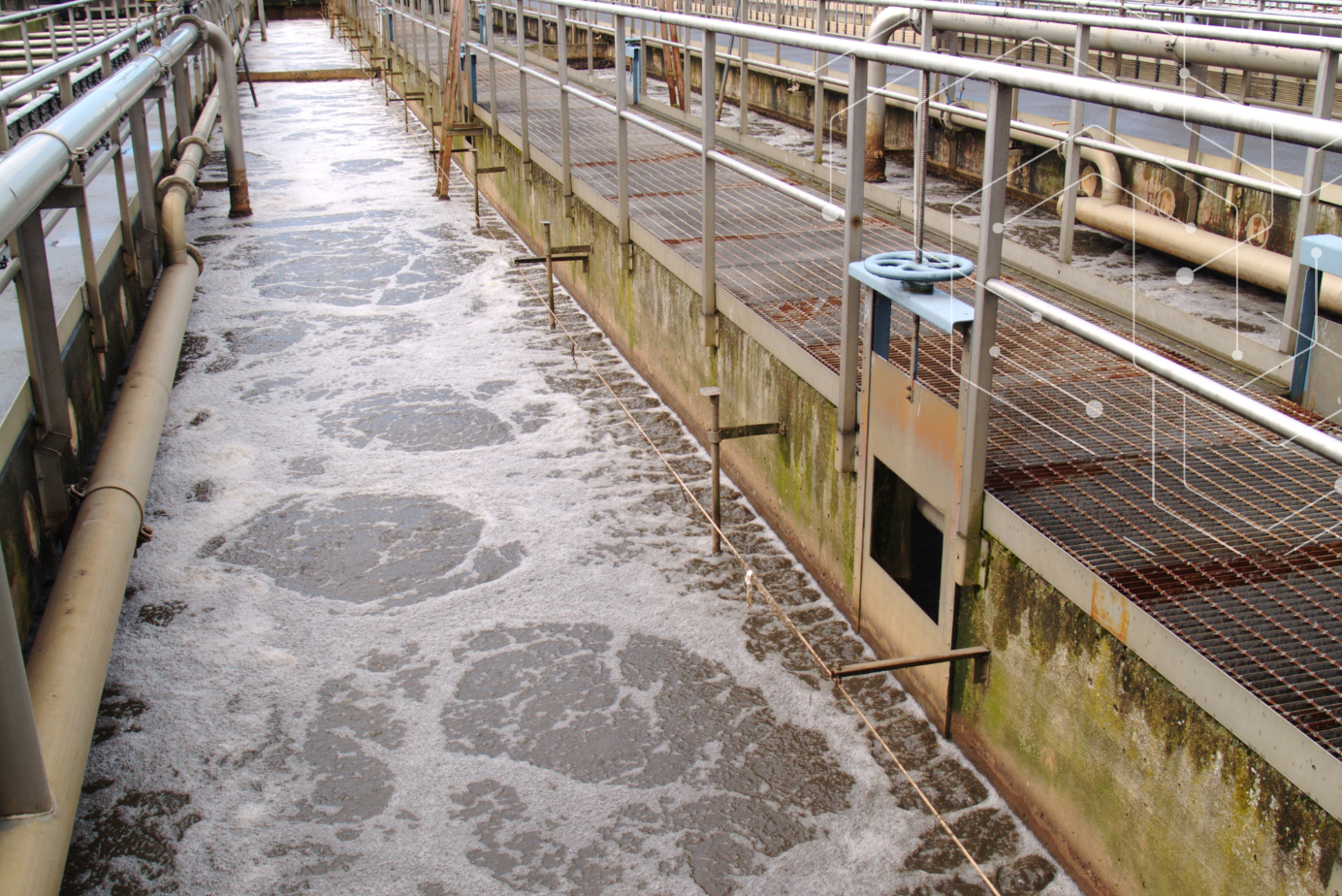On Tuesday, March 14, 2023, USEPA proposed the first-ever National Primary Drinking Water Regulations (NPDWR) for PFAS. In this edition of Pace® News and Views, we provide some thoughts on the proposed rule and catch up on some other important PFAS developments we think should be on everyone’s radar.
Stay updated on the latest PFAS news.
Have Pace® News and Views delivered to your inbox.
MCLs for PFAS Proposed
As noted, on March 14th, USEPA announced MCLs (Maximum Contaminant Levels) and MCLGs (Maximum Contaminant Level Goals) for 6 PFAS compounds. While not a complete surprise, the proposal is relatively bold compared to what it could have been.
According to statements made by EPA, they went as low as they could on MCLs for PFOA and PFOS (4 ppt individually), basing their decisions on what they felt could be reliably detected by drinking water labs across the country. EPA set MCLGs at zero for both compounds.
EPA also set enforceable limits on a combination of four additional PFAS compounds: PFBS, PFNA, PFHxS, and GenX (HFPO-DA). The allowable limit is a combined one, calculated by using a formula called the Hazard Index. While we thought there might be additional MCLs proposed, the use of the Hazard Index took us by surprise, and in our opinion, it will pose some challenges for some water systems. We will be addressing this topic and additional insights in an upcoming webinar.
USEPA Conducts CERCLA Listening Session
Also on March 14th, EPA held a listening session on their proposal to designate PFOA and PFOS as hazardous substances under CERCLA. Listening sessions are intended to be a one-way communication, with EPA listening to feedback from a variety of participants. However, in this session, EPA spent a few minutes clarifying how they intend to prioritize enforcement actions.
“EPA intends to focus its CERCLA enforcement efforts on PFAS manufacturers, federal facilities, and other parties whose actions contribute to the release of significant amounts of PFAS into the environment.” Entities the agency expressly excluded from intended enforcement actions include publicly owned treatment works, publicly owned or operated municipal solid waste landfills, farmers who apply biosolids to their land, and state, tribal, and municipal fire departments.
As noted, this was a listening session, and the proposal is not finalized. There were concerned comments about external liabilities with the hazardous substances designation. EPA spokespeople have said the agency is still working on ways to protect these entities from liabilities outside of the Superfund program. Recordings of the listening sessions will be made available on the agency’s CERCLA PFAS Enforcement webpage.
Intentionally Added PFAS?
 With the increased focus on PFAS in packaging and consumer products, there have been a few lawsuits filed against food & beverage (F&B) manufacturers for unlabeled PFAS in their products. As this National Law Review article points out, F&B companies are likely to claim that they did not add PFAS intentionally to their products and that it came from either the packaging or water used in production.
With the increased focus on PFAS in packaging and consumer products, there have been a few lawsuits filed against food & beverage (F&B) manufacturers for unlabeled PFAS in their products. As this National Law Review article points out, F&B companies are likely to claim that they did not add PFAS intentionally to their products and that it came from either the packaging or water used in production.
Commenting on the legal arguments in these cases is outside our domain of expertise. However, we believe the circumstances involved underscore the need for increased testing of industrial potable water sources as well as packaging materials. Contact us or visit PFAS.com/pfas-testing/ to learn more.
Canada Drafts PFAS Limits for Drinking Water
While we wait for the first-ever Maximum Contaminant Levels (MCLs) for PFAS in drinking water to be finalized, our neighbors to the north have decided to propose limits as well. Canada’s draft proposal sets a limit of 30 ppt for any PFAS, individually or combined.
Canada’s limits are higher than those proposed by USEPA. However, the proposal covers more compounds, so the Canadian levels may actually be more difficult for some water systems to achieve. Since the current proposal calls for USEPA methods 533, 537.1, or both to be used, the limit would cover as few as 18 PFAS if only Method 537.1 is used or as many as 29 PFAS if both methods are used. The proposal also allows jurisdictions to validate and require alternate methods, so long as at least 18 PFAS are detectable.
E.U. Proposes Restrictions on All PFAS
So far, restrictions on PFAS as a single class of compounds haven’t made much progress in the U.S., and phase-outs have been largely voluntary or limited to restrictions on the PFAS in certain products, such as paper food wrappers. In January of 2023, a proposal was submitted to the European Chemicals Agency (ECHA) by a handful of E.U. countries proposing restrictions on all PFAS. Per the ECHA announcement, a six-month scientific evaluation of the proposal is expected to begin in March. Clearly, a PFAS ban implemented by the E.U. would also impact other countries doing business with member states. In February, Bloomberg Law ran an article on the ‘Staggering’ Impact Foreseen on US Firms from EU PFAS Ban.
CCL 6 Planning Begins
We don’t often talk about USEPA’s Contaminant Candidate List (CCL), but this list of unregulated contaminants can provide a window onto potential future regulations, at least as far as which compounds are being considered. In February, USEPA published a request for nominations to CCL 6. Nominations must be received on or before April 18, 2023. CCL 5 was published on November 14, 2022, so the agency technically has until November 14, 2027, to finalize CCL 6. In the past, EPA has missed the 5-year deadline more than once, but they also published CCL 3 a year earlier than required. No word yet on the timeline for CCL 6, but we expect it to include either individual PFAS, PFAS categories – or both.
USEPA Allocates PFAS Remediation Funding to Small and Disadvantaged Communities
 On February 13, 2023, USEPA announced $2B in funding from the Infrastructure Law passed in 2022 would be made available as grants to help small and disadvantaged communities address PFAS contamination in drinking water. While not part of the National Primary Drinking Water Regulations (NPDWR) proposal, this funding is being promoted by EPA to offset concerns regarding the cost of the proposal to public water systems.
On February 13, 2023, USEPA announced $2B in funding from the Infrastructure Law passed in 2022 would be made available as grants to help small and disadvantaged communities address PFAS contamination in drinking water. While not part of the National Primary Drinking Water Regulations (NPDWR) proposal, this funding is being promoted by EPA to offset concerns regarding the cost of the proposal to public water systems.
Many of the communities eligible for funding will already be testing for 29 PFAS under UCMR 5. Pace® is an approved UCMR 5 lab. We’ve also seen an increase in requests for testing services from smaller systems not covered by UCMR 5 as well as private well owners. To get more information on PFAS testing services for drinking water, visit PFAS.com or reach out to us for a quote.
PFAS and Fluorinated Plastics
Chemical & Engineering News published an interesting story detailing some of the most current thinking behind the migration of PFAS from fluorinated plastic containers into the products within. In 2021, the EPA conducted a study showing that even water can leach PFAS from plastic. Pace® also participated in a study evaluating how the type of fluorinated plastics impacted the amount of PFAS leached from the container. Contact us for more information about the study or how Pace® can provide testing services to analyze for PFAS in fluorinated plastic.
Minnesota Research Adds Evidence of PFAS in Landfills
As we’ve discussed in previous posts, USEPA recently finalized its Effluent Guidelines Program Plan 15, which calls for setting Effluent Limitation Guidelines (ELGs) for PFAS in landfill leachate. The determination to focus on landfills was at least partly influenced by a 2021 EPA study that found PFAS-contaminated leachate in data from 95% of landfills. A recent study by the Minnesota Pollution Control Agency (MPCA) supports these finding.
The MPCA looked at 101 closed landfill sites and found PFAS in the groundwater at 98 sites. At 59 landfills, the levels were above the Minnesota Department of Health’s current drinking water guidance levels of 35 ppt (parts for trillion) for PFOA and 15 ppt for PFOS. At 15 sites, levels detected were more than 10X the guidance values.
It's important to remember that NPDWR do not apply to landfill leachate directly. Nor is there necessarily a 1:1 correlation between the levels of PFAS in leachate and the levels of PFAS in drinking water. However, as more public water systems are required to test for the six PFAS covered by the NPDWR, landfills may be considered a possible source when elevated levels are detected.
Pace® provides testing services for landfill leachate as well as other environmental matrices, including groundwater, surface water, and soil.




